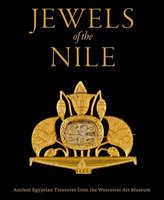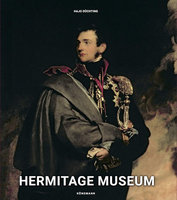A beautifully designed Tate publication created on the occasion of the exhibition in 2022 on one of the central figures in British art and the first exhibition dedicated to Walter Sickert at Tate since 1960. An apprentice of Whistler and close associate of Degas, he engaged with the work of French artists of the time and in turn influenced many British painters up to the present day. Born in Munich, he moved to England with his family at the age of eight and his father was an artist. Sickert was a founder member of the New English Art Club formed as an alternative to the Royal Academy, and after a brief spell at the Slade School had begun his artistic career in 1882 at Whistler's studio, assisting with printing etching plates. The music hall was one of the most important themes for Sickert throughout his career - performers, audiences and architecture - between the 1880s and 1920s. His early paintings focussed on the performers such as Ada Lundberg. Sickert's passion for the theatre have contributed to speculation about him being a key suspect in the Jack the Ripper murders of 1888, and according to the artist Marjorie Lilly, he also dressed up in the role of this notorious killer. Although primarily known as a figure painter, his portraiture occupies a minor role but it offers us an insight into his connections within cultural circles and high society in England and France. He was inspired by French artists to place the nude in contemporary interiors in explicit poses and to employ 'keyhole' viewpoints with patterns of light and shade on flesh created by light from a window streaming into a dimly lit room. He specialised in urban working-class subjects and worked from regular models, some of whom became close friends and lovers or employees. By the 1930s he began to paint on a larger scale and used a brighter palette, and his use of photography is now recognised as source material by artists in the late 20th century. The book shows how he transformed the representation of everyday life with his innovative approach to subject matter from an Impressionistic approach in the 1880s to his use of photography in the 1930s and how he returned over and over to locations and subjects including his penetrating self-portraits. Featuring over 200 colour images from the exhibition with reflections from contemporary painters and a wide range of scholars. 240pp, 27.3 x 22.9cm.
Click YouTube icon to see this book come to life on video.
















